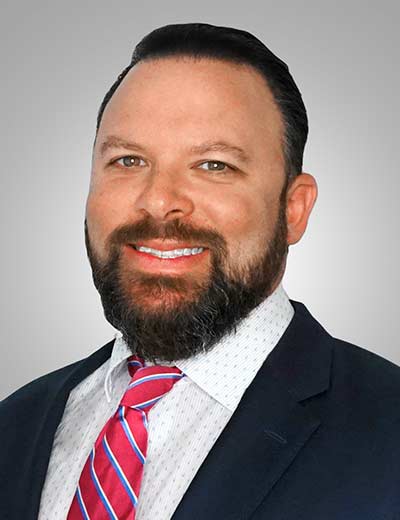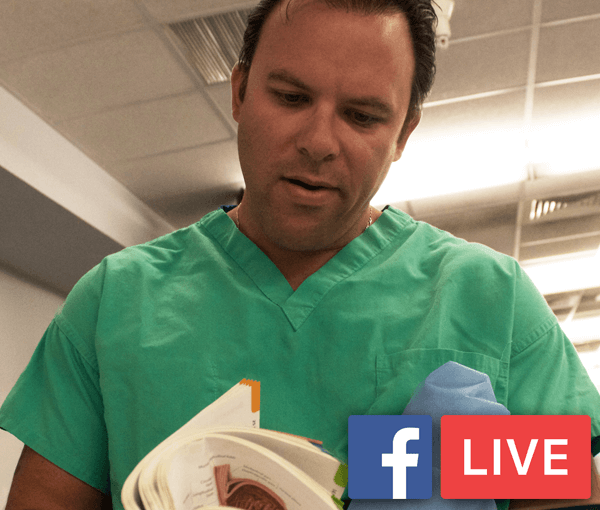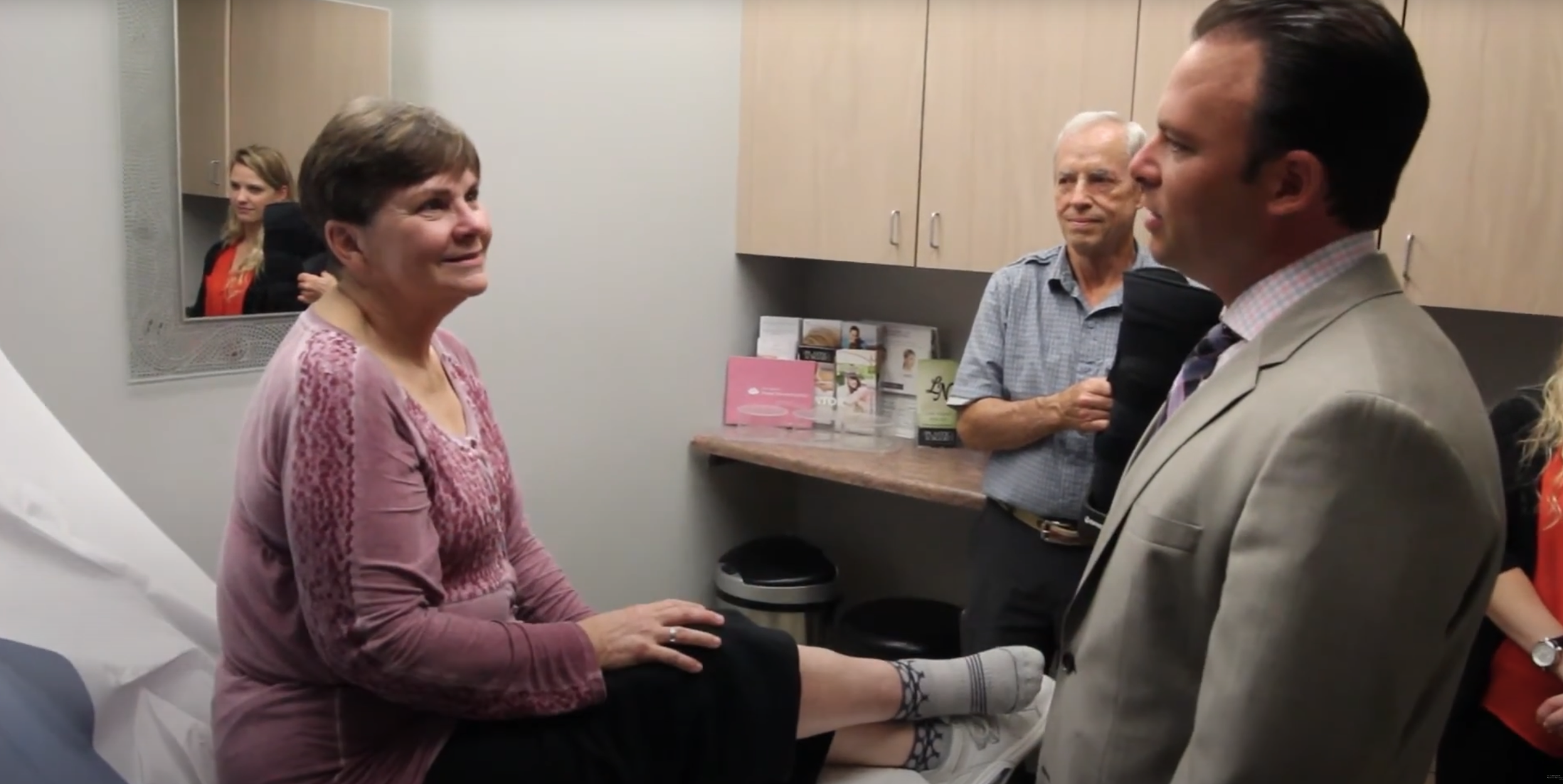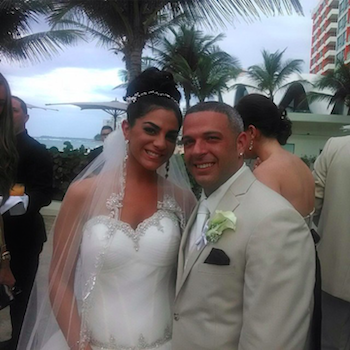Why Haven’t I Heard of FPCD?
“I am an avid sports fan and cross fitter. During the course of playing and watching sports I would hear about hip injuries causing young people to need hip replacement surgery, which would effectively end their sports career and severely limit their ability to work out. Most often this was caused by avascular necrosis of the hip (AVN). So I learned what I could about AVN of the hip and how to treat it.”- Adam Saad, MD, FACS
Dr. Adam Saad of the Institute for Advanced Reconstruction at The Plastic Surgery Center has performed many free vascularized fibula grafts in the course of his training and began using the grafts to treat AVN. During the course of using the fibula graft with good success, Dr. Saad noticed that patients had a few issues with it. First and foremost, the biggest issue was the fact that after their surgery, they could not put weight on their leg for 3-6 months. Additionally, there were some wound healing problems from where the fibula is retrieved, not to mention the risk of nerve injury is not insignificant. These facts led several patients to decide to have a hip replacement instead of the free fibula graft. While hip replacement is an acceptable alternative for older patients, Dr. Saad thought there had to be a better way to treat AVN in younger patients through the use of their own body tissues so that they could resume their athletic endeavors with little restriction.
Dr. Adam Saad had used the periosteal free flap to treat soft tissue injuries, non-healing bones, and open fractures, and it had worked wonderfully. “I remember laying in bed thinking of alternatives to using the fibula for AVN, and then it struck me like a bolt of lightning. Why don’t I use the periosteal flap for AVN of the hip at the time of core decompression? There was ample evidence it worked for AVN of the wrist and foot (see references below). Since it worked for other bones, why not the hip? Thus the idea for free periosteal core decompression (FPCD) was born,”- Adam Saad, MD, FACS.
The use of FPDC in AVN of the hip is still in its early stages, which is why there is not much research available. However, there are minimal issues with where we take the flap from, and patients can put weight on their leg by 6 weeks after surgery. It provides the same, if not better, blood supply and bone growth as the fibula and is proven to treat AVN of the wrist and foot. “For me, it’s worth the chance to avoid a hip replacement by having FPCD, especially since there are almost zero issues with using the periosteal flap. I have no doubt that after enough successful cases, FPCD will become the treatment of choice for AVN of the hip,” Adam Saad, MD, FACS.
To see if you are a candidate for the avascular necrosis program at the Institute for Advanced Reconstruction, please fill out the patient appointment form.
References:
- Use of the medial femoral condyle vascularized bone flap in traumatic avascular necrosis of the navicular: a case report. Holm J1, Vangelisti G, Remmers J. J Foot Ankle Surg.2012 Jul-Aug;51(4):494-500. doi: 10.1053/j.jfas.2012.04.012.
- The use of free vascularized corticoperiosteal grafts from the femur in the treatment of scaphoid non-union. Doi, K., Hattori, Y. Orthop Clin North Am. 2007;38:87–94.
- Vascularized periosteal bone graft from the supracondylar region of the femur. Doi, K., Sakai, K. Microsurgery. 1994;15:305–315.
- Applications of the medial femoral condyle free flap for foot and ankle reconstruction. Haddock NT1, Alosh H, Easley ME, Levin LS, Wapner KL. Foot Ankle Int.2013 Oct;34(10):1395-402. doi: 10.1177/1071100713491077. Epub 2013 Jun 26
- Free medial femoral condyle bone grafting for scaphoid nonunions with humpback deformity and proximal pole avascular necrosis. Larson AN1, Bishop AT, Shin AY.Tech Hand Up Extrem Surg.2007 Dec;11(4):246-58.
- Treatment of scaphoid waist nonunions with an avascular proximal pole and carpal collapse. Surgical technique. Jones DB Jr, Bürger H, Bishop AT, Shin AY.J Bone Joint Surg Am. 2009 Oct 1; 91 Suppl 2:169-83.




